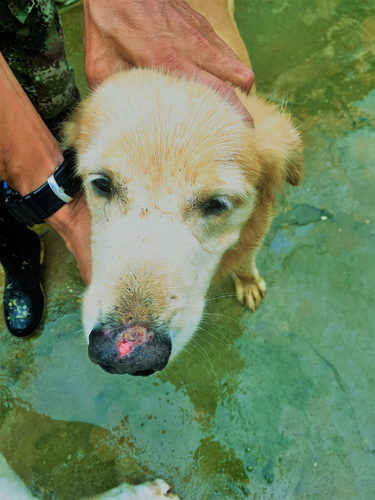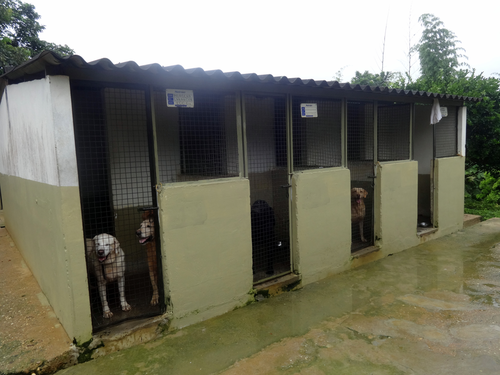Abstract
Cutaneous leishmaniasis is a vector‐borne disease that produces growing skin ulcers. In Colombia, the transmitting phlebotomine sandfly is native to the same jungles that have been the primary theater of war. Although combatants are the most affected by leishmaniasis, military landmine detection dogs are also significantly impacted. This article draws on ethnographic field research with human and canine members of the Colombian military. While their leishmaniasis ulcers constitute a shared expression of violence that makes evident the closeness of the human–dog bond, differences in their state‐provided health care reveal the production of shifting species hierarchies. I argue that war scrambles both human–dog affective relationships and biopolitically configured interspecies hierarchies in ways that produce suffering, not just for humans and dogs separately, but also for the bonds they forge together. Building peace through health care demands repairing the ways in which armed violence has rendered the bonds between humans and nonhumans pathological.

